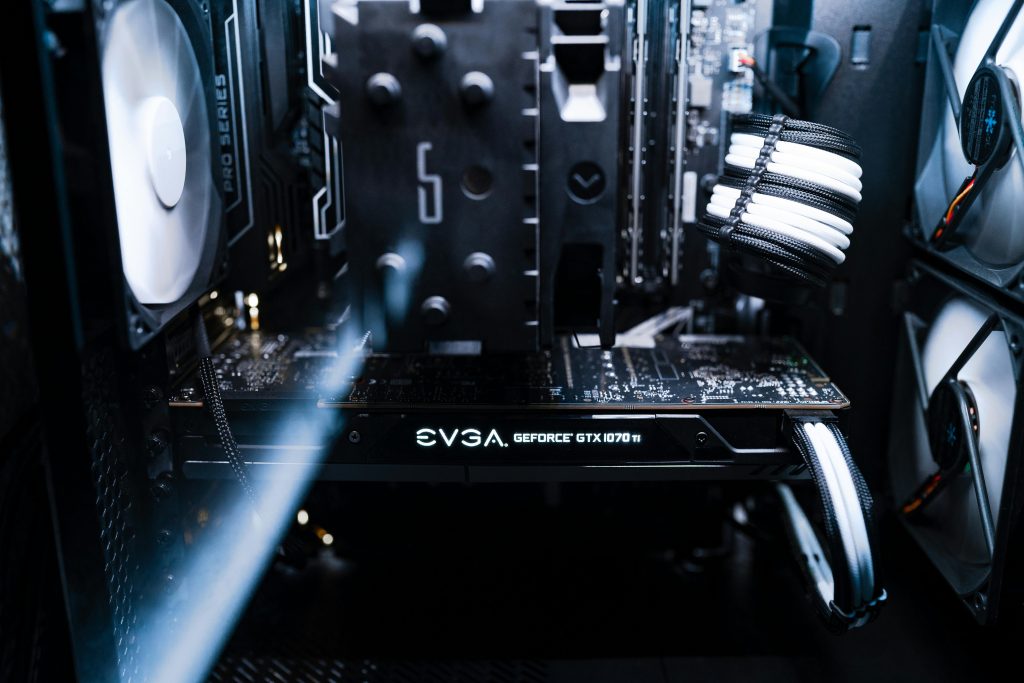Resolving a Black Screen Issue After a Windows Update: A Comprehensive Troubleshooting Guide
Encountering a situation where your PC fails to display anything on the monitor after a Windows update can be frustrating and concerning. In this article, we’ll walk through a real-world scenario, analyze potential causes, and provide step-by-step solutions to help you troubleshoot and resolve the issue effectively.
Scenario Overview
A user reported that after initiating a Windows update before leaving for work, their PC no longer displays anything on the monitor upon return. Key signs include:
- Monitors behaving as if they are not connected (no signal).
- Power indicators ON for components like the motherboard LED, GPU RGB lighting, CPU fan, and RAM RGB.
- The PC’s case LED and GPU are powered, and various hardware components seem active.
The system specifications are as follows:
– Motherboard: ASRock B650i Lighting WiFi
– Graphics Card: NVIDIA GeForce RTX 4070
– Processor: AMD Ryzen 7 7700X
– Memory: 32GB RAM
Troubleshooting Steps Taken
The user attempted several solutions without initial success:
– Connecting monitors directly to the motherboard’s video outputs.
– Reseating and removing the GPU, then testing integrated graphics.
– Removing and re-inserting RAM modules and switching their slots.
– Confirming monitor and cable functionality using other devices.
– Uplugging and re-plugging power sources.
– Booting with a single RAM stick.
– Attempting BIOS Flashback, though faced challenges due to USB formatting.
Observations and Potential Causes
The issue could stem from several factors, such as:
– Incomplete BIOS/UEFI updates or corruption
– Faulty CMOS settings or failed CMOS reset
– Graphics output issues after Windows update
– Hardware connection or seating problems
– Power supply or component failure
Given that no display is outputting post-update, the root cause is likely related to BIOS configuration, graphics output, or hardware communication issues.
Recommended Troubleshooting Procedures
- Reset CMOS to Default Settings
-
Since the user lacks a CMOS jumper, use a screwdriver to momentarily short the CMOS clear jumper pins on the motherboard, or remove the CMOS battery for 5-10 minutes, then re-insert. This resets BIOS settings to factory defaults, which can resolve booting issues caused by misconfigurations.
-
Ensure BIOS is Up-to-Date
Share this content:



